Here at Regatta HQ, we love dogs and what better way to spend time outdoors than with your four legged friend? Whether it's an evening stroll or a walk around the block before work, any exposure to the outside world will not only do you good, but will also benefit your dog. That’s why we’ve put together this handy dog walking calculator to get you and your furry friend outside.
Why do I need to walk my dog each day?
All dogs need to be walked. It not only gives them essential exercise but it’s also really important for their mental well-being, that’s why it’s very important to walk your pooch daily. You may think, why can’t I just let them play in the garden? Well, walking your dog gives them opportunity to socialise and interact with other dogs, as well as allowing them to learn about the world outside their home. Dogs love to explore, and by being taken out on a walk your pup can enjoy and experience new smells and sensations as well as enjoying quality time with you. Walking your dog and for how long depends on their age, breed and health. Our dog walking calculator gives you a rough guide of how long you and your pooch should spend outdoors. Just input your pups breed, add your furry friends name and let our calculator do the rest.
*This is a rough guide, speak to your vet for in-depth recommendations about your dog walking necessities.
Before you set off on your daily walk, remember this is only a rough guide for the total exercise different dog breeds need each day. According to the pdsa, they recommend you split up your daily walk time into smaller sessions across the morning and evening so your dog doesn’t get too tired.
What are the Benefits of dog walking?
Walking your pup can not only help maintain their weight but it can improve their joint health (stronger muscles and bones due to walking regularly) it also keeps their brain active and relieves stress.
1. Weight control
Not getting enough exercise can cause your four legged friend to have many health problems such as obesity, which can lead to other diseases
2. Stops bad behavior
Not getting enough exercise can even cause your pet to become frustrated due to boredom, resulting in increased barking, biting and hyperactivity.
3. Joint health
Regular exercise will keep your dogs joints limber.
4. Benefits for you
Going for walks with your dog can also benefit you too, the government recommends that we get at least 30 minutes of exercise a day, which can be easily achieved whilst walking your dog!
What do I need to walk my dog?
The most important factor of any dog walk is choosing the correct collar and lead or harness for your four legged friend. Choosing the correct method to control your dog not only to keep them safe, but to also train your dog to walk calmly is essential. Also some public spaces require you dog to be on a lead at all times such as in local parks, beaches or children’s play areas. That’s why it’s important to ensure their dog collar or harness fits properly, otherwise it could cause your pet pain and lead to unruly behaviour. If your pup tends to pull a lot then a dog harness is recommended, as a harness relieves pressure from their neck which could cause choking, otherwise a flat collar will do the job.
Dog Collars & Leads
Things to consider:
- REMEMBER different dogs have different health and fitness levels
- The dogs age will affect how long they can walk, younger dogs will tend to have a lot more energy than the older ones
- Increase their exercise amount slowly
- ALWAYS check with your vet if you’re worried about your dogs health in any way
- Avoid exercising your dog when it is hot as this will exert them, equally make sure they're wearing a dog coat if they're prone to getting cold.
Do’s and Don’ts when walking your dog
- DO stick to your dogs time, there is no point taking a little dog for a strenuous 2 hour walk
- DON’T throw sticks for your dog to play with as it can give them splinters
- DO take poo bags with you, even if it is a short walk, and ALWAYS pick it up and dispose of them in the correct bin
- DON’T forget to hydrate your pup on long walks, they get thirsty too, our pack-away waterproof dog bowl is perfect for your pup to drink on the go
- DO allow your dog to have a sniff when they want to, it is good for their mental health
- DON’T stick to the same walks, switch up the route every now and then to keep things exciting and fresh for them
- DO reward them for good behaviour, whether that's with treats or a belly rub
- DON’T let them off their lead near a busy road or unknown areas, as there could be hazards you are unaware of and they may get spooked and dart off, why not try one of our extending leads, to give them the freedom to roam and you will still have full control
- DO take a dog toy such as a tennis ball with you on whilst you’re out on your walk, this will help them to tire them out and also keeps them engaged
- DON’T let your dog walk in front of you as if they stop you will trip, try keeping them by your side for more control, try using a harness, this will make your dog far more manageable

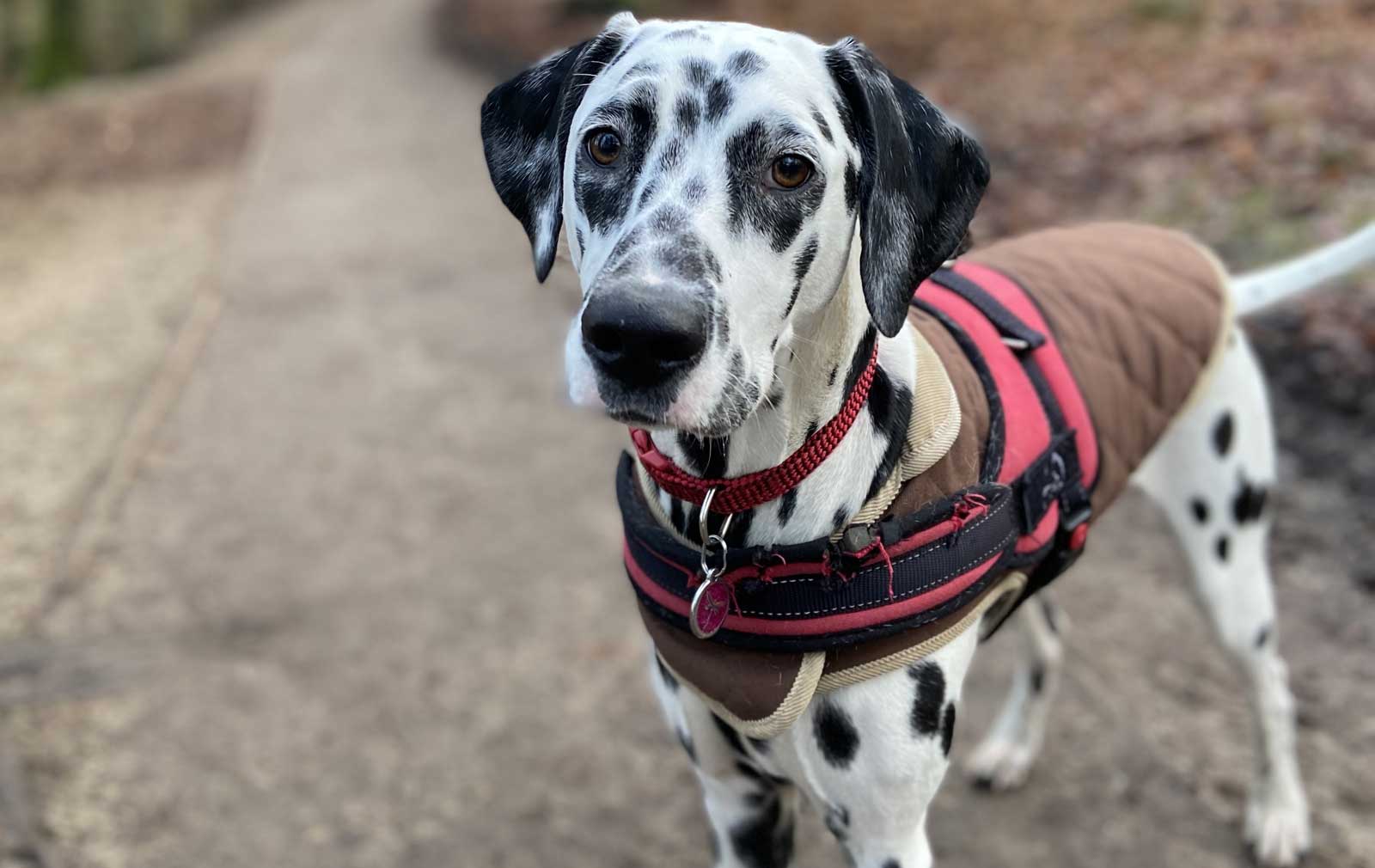
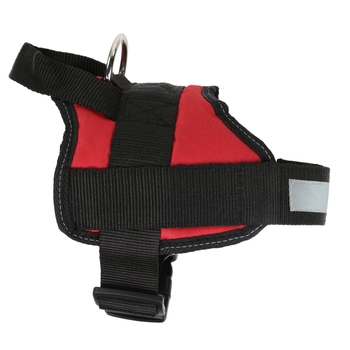
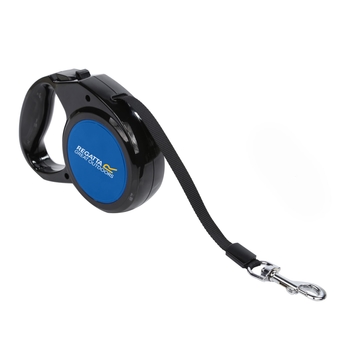
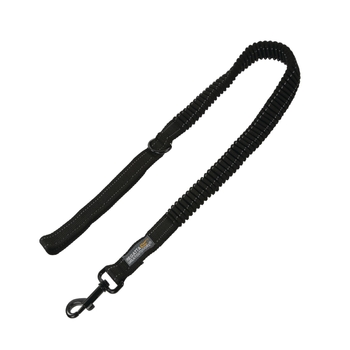
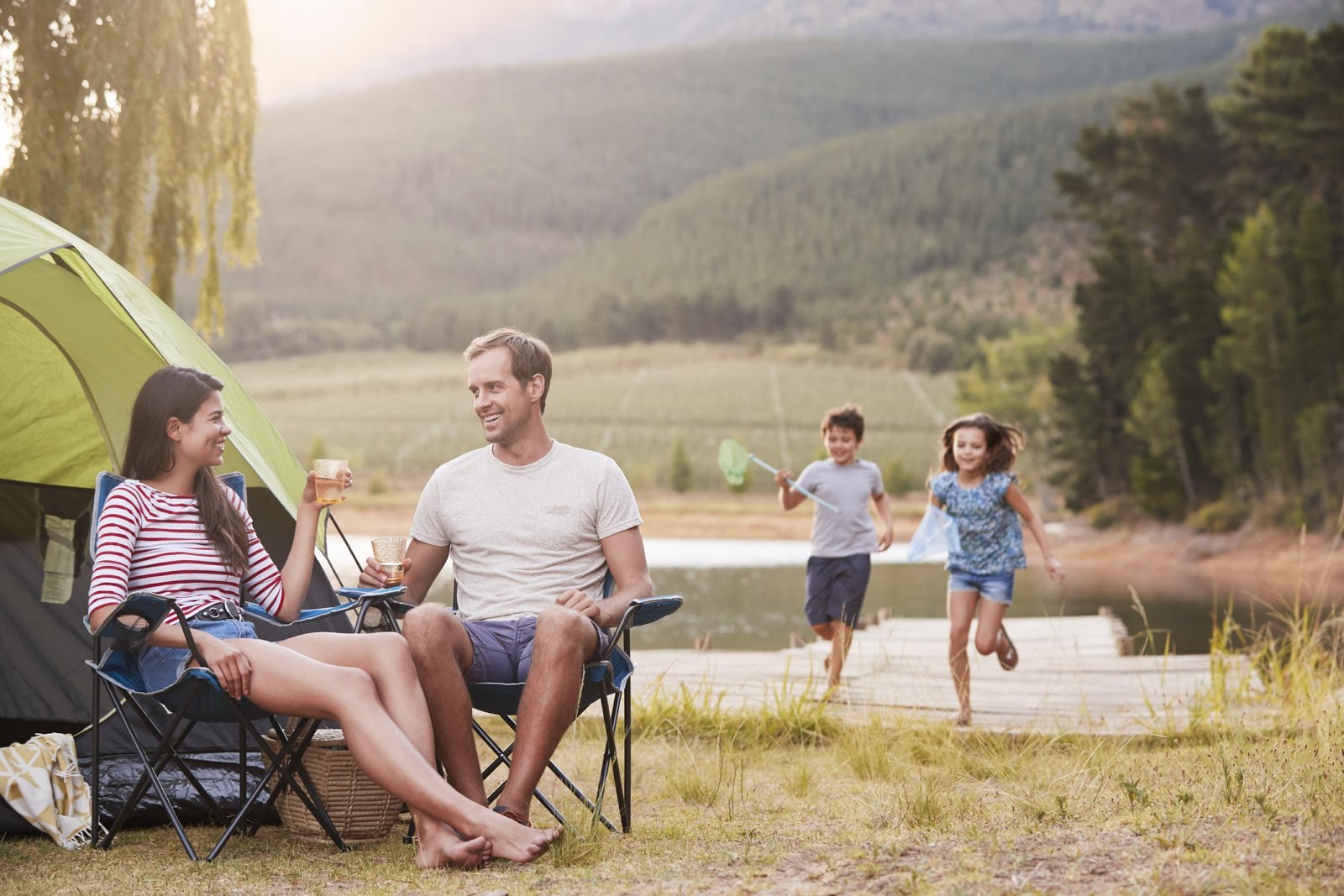

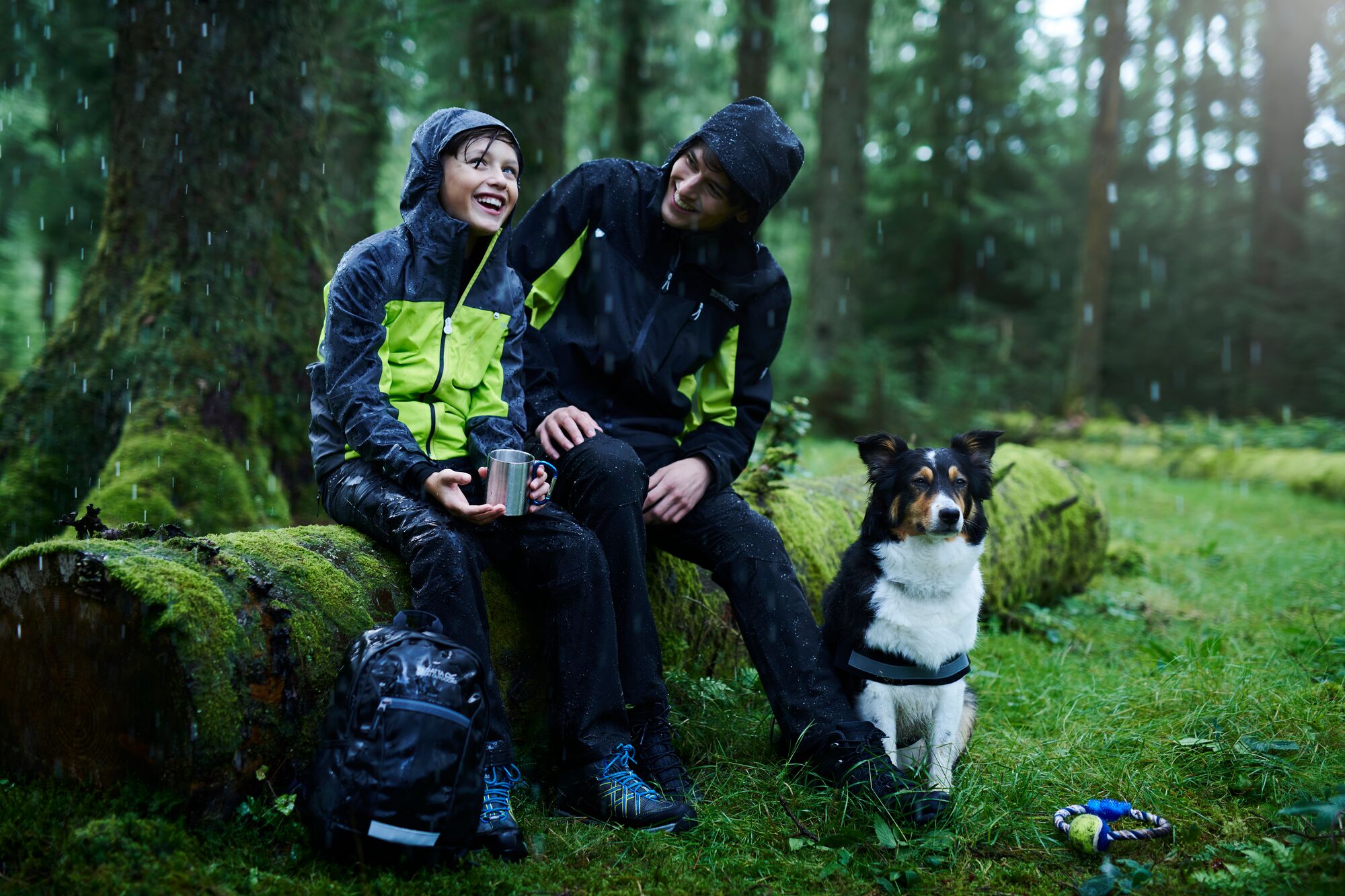
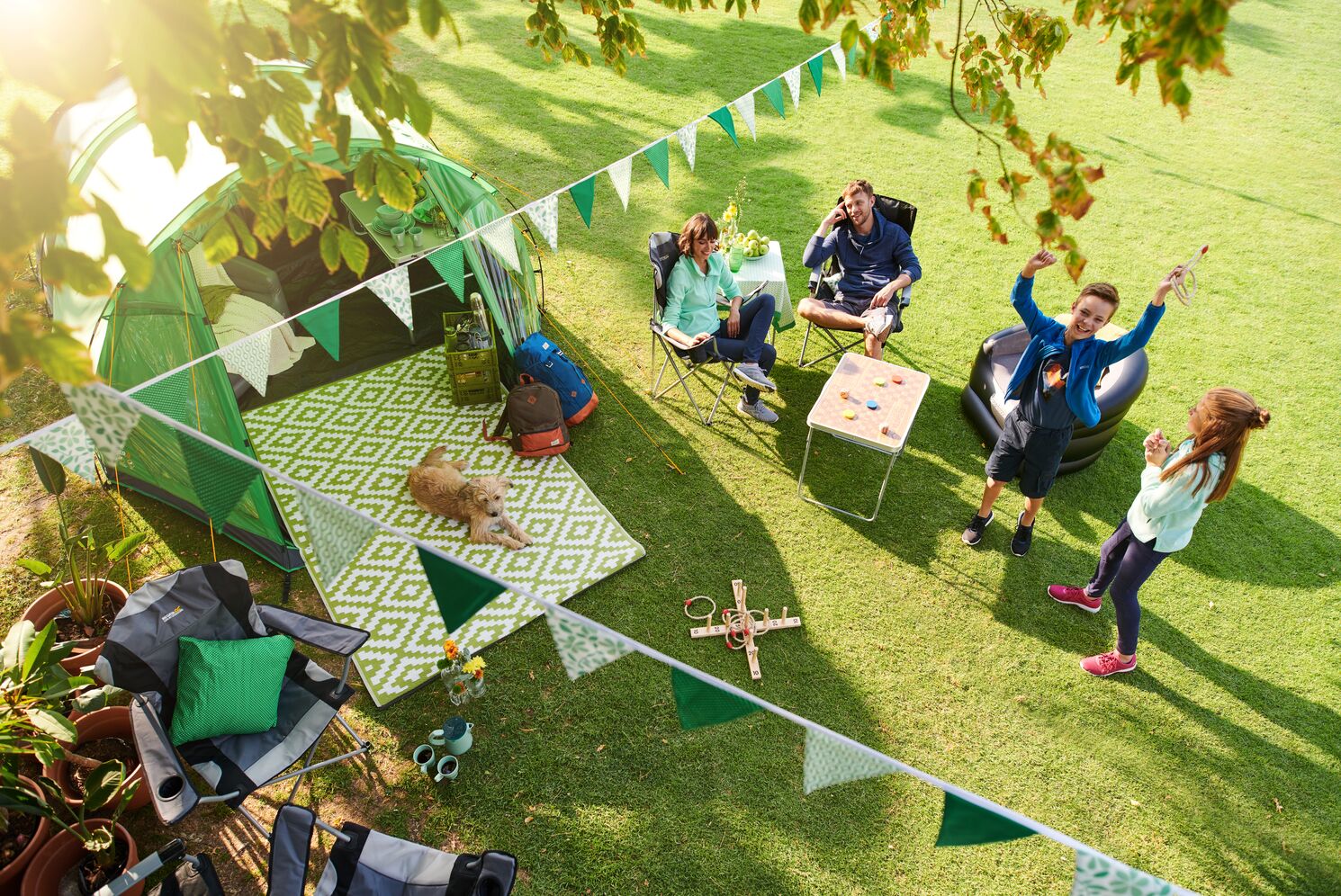
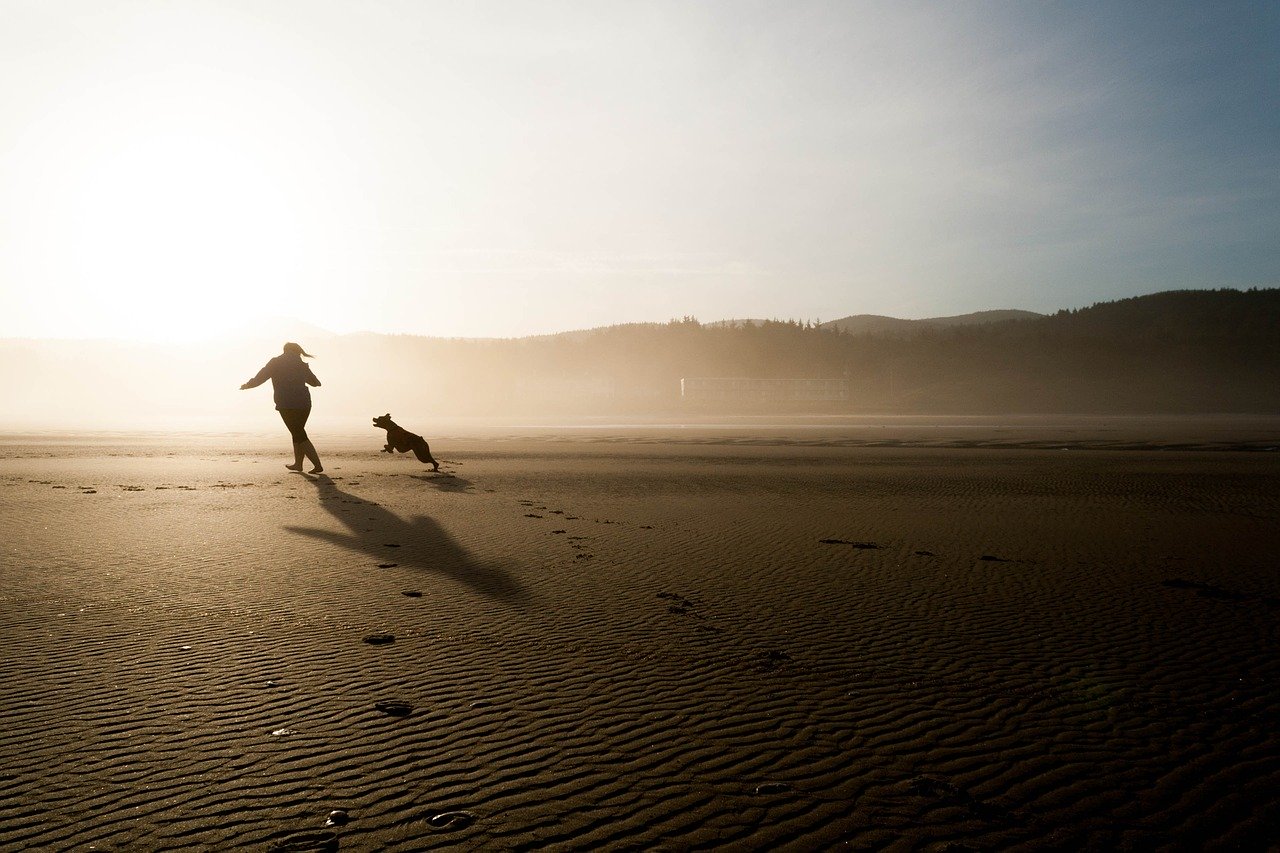

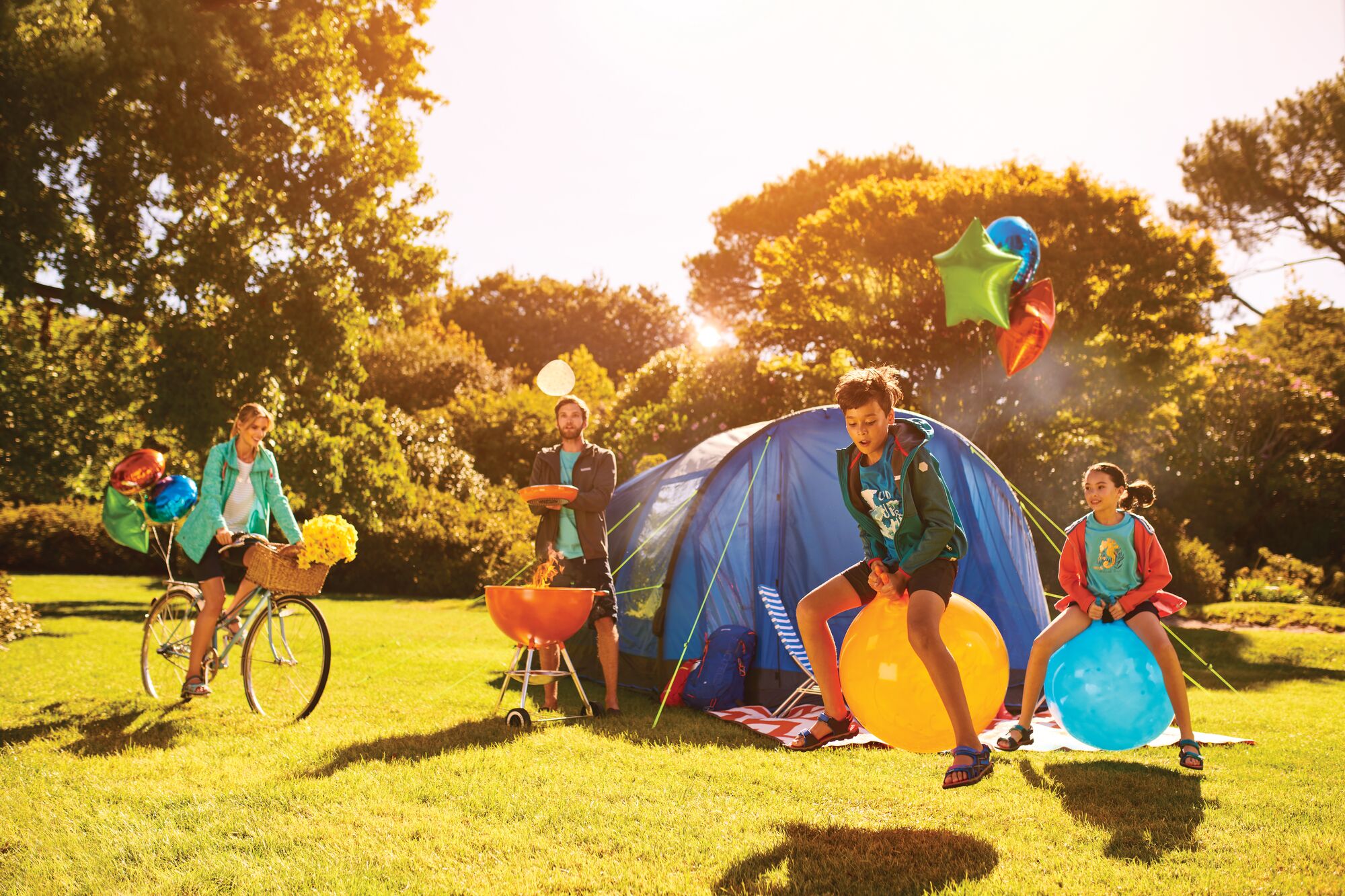
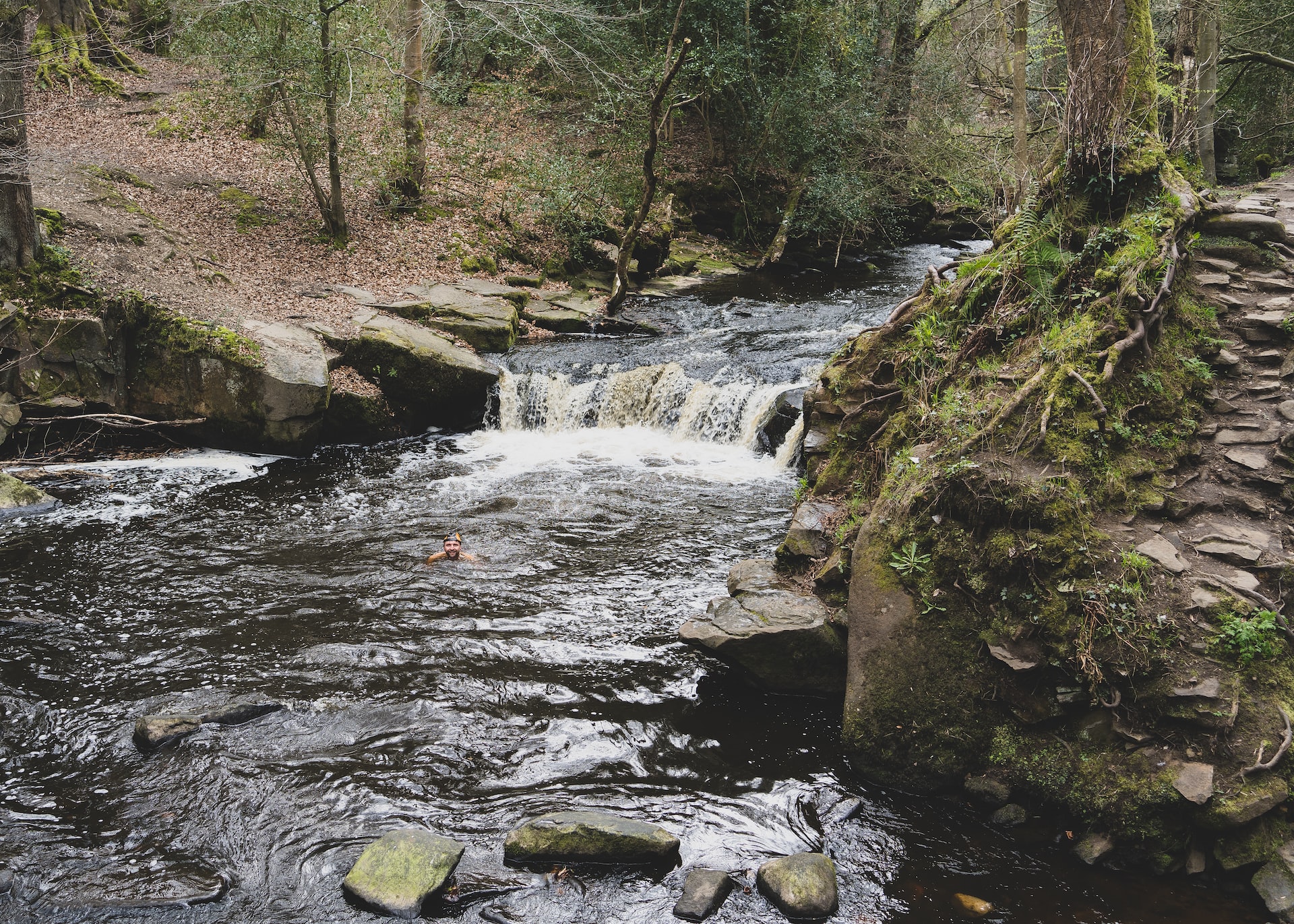
The greyhound is an increasingly popular and much misunderstood breed. They are normally a gentle and sociable dog, many of which are ex-racing dogs. Ex-racers soon adapt to become homed dogs and the many rescues offer lots of help and guidance on how to ease a greyhound into home life. Contrary to erroneous belief, they do NOT require lots of exercise; two 20 minute walks per day are adequate and the rest of their time is often spent sleeping. It is not for nothing that they are renowned as “high speed couch potatoes.” A comfy bed, a warm coat, TLC and adequate food are all they require to become devoted members of a household and best friends.
At a personal level, I have re-homed 5 ex-racers and all have quickly adapted to walking off-lead in local parks. I have used tennis courts and any well-fenced areas to train my dogs to come to call, aided by small treat rewards each time they do the right thing. Generally a month of 15-minute sessions 4 or 5 times a week has sufficed for them to be off-lead. During that time, they have been socialised with other dogs and they soon recognise that dogs come in all shapes and sizes. Rescues will usually tailor the type of dog you need and if you already have a cat, then the rescues can provide tried and tested cat-friendly dogs. I can only add that my life has been enhanced, indeed gilded, by having greyhounds as my canine best friends. They are sensitive souls and there’s never a need to shout at them if they are in the wrong. all of mine have responded to a raised index finger and the word “bad” spoken firmly. The need for this with the dogs I’ve had has been on average twice a year, such is their ability to observe, read and please their humans.
David Lankshear dave@lanks.plus.com